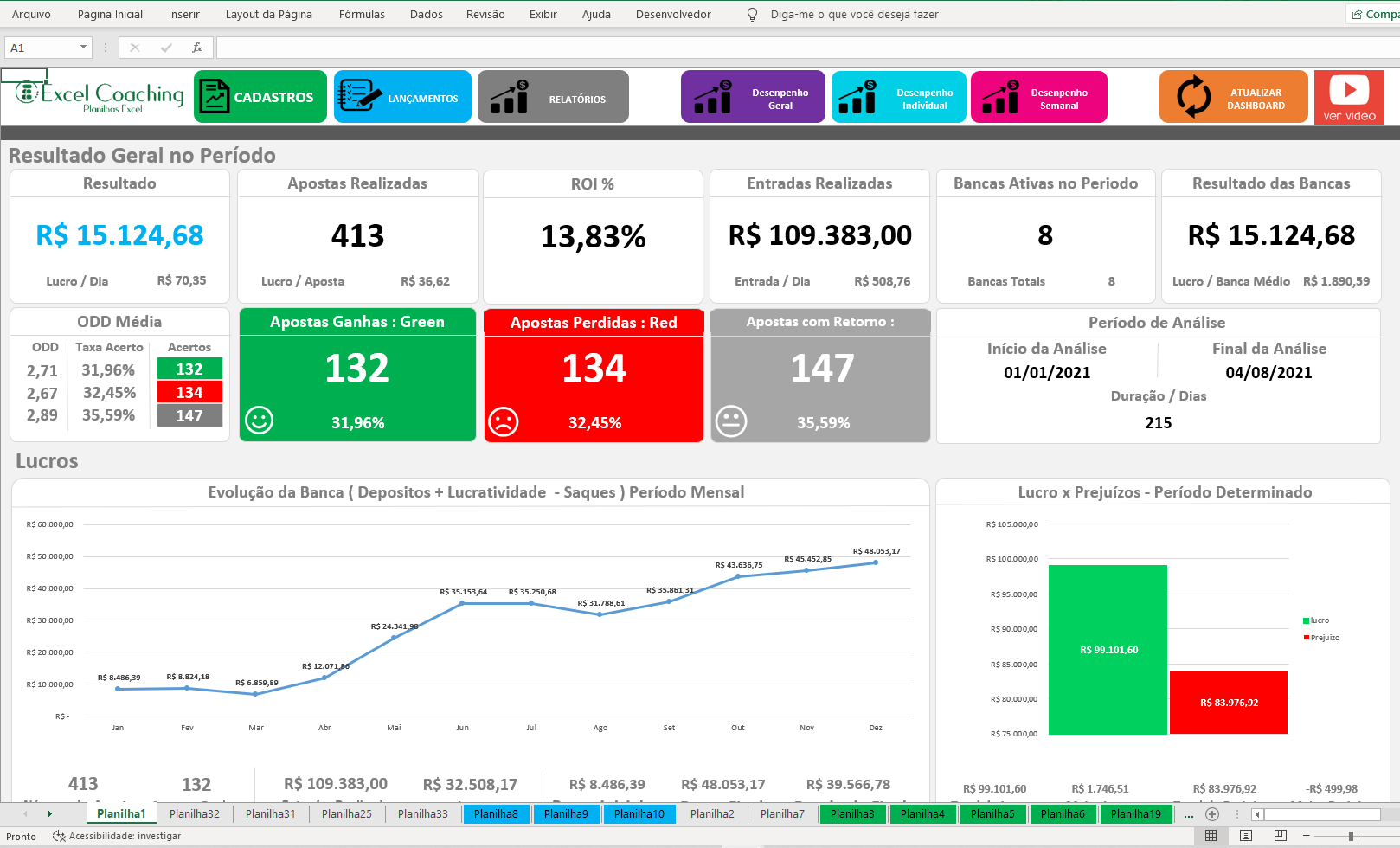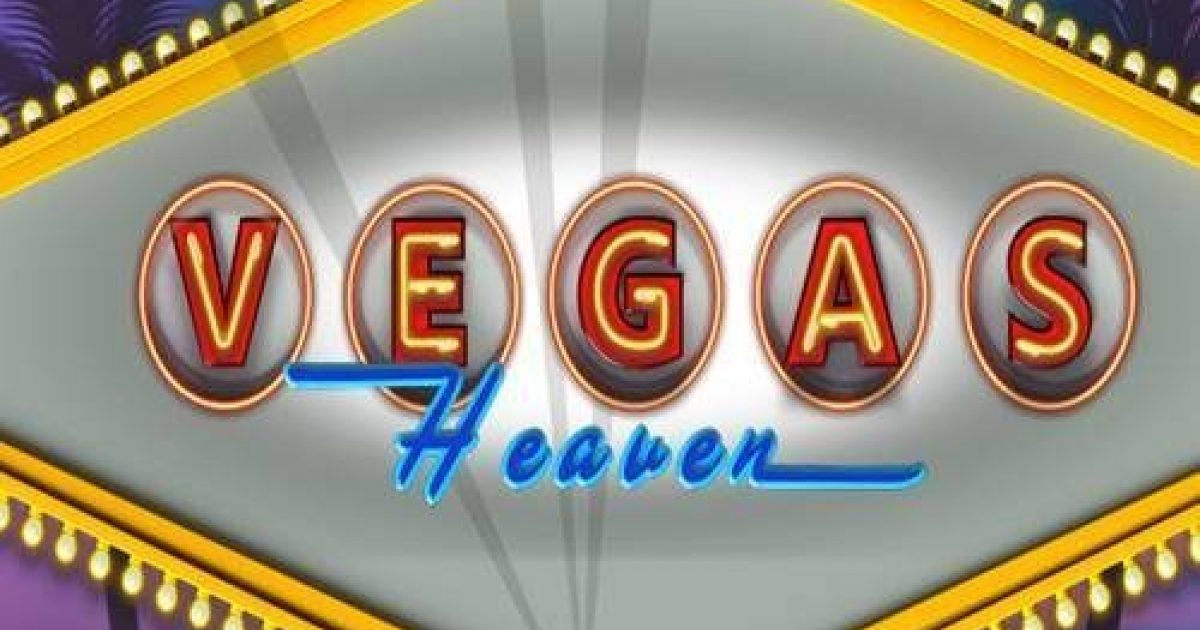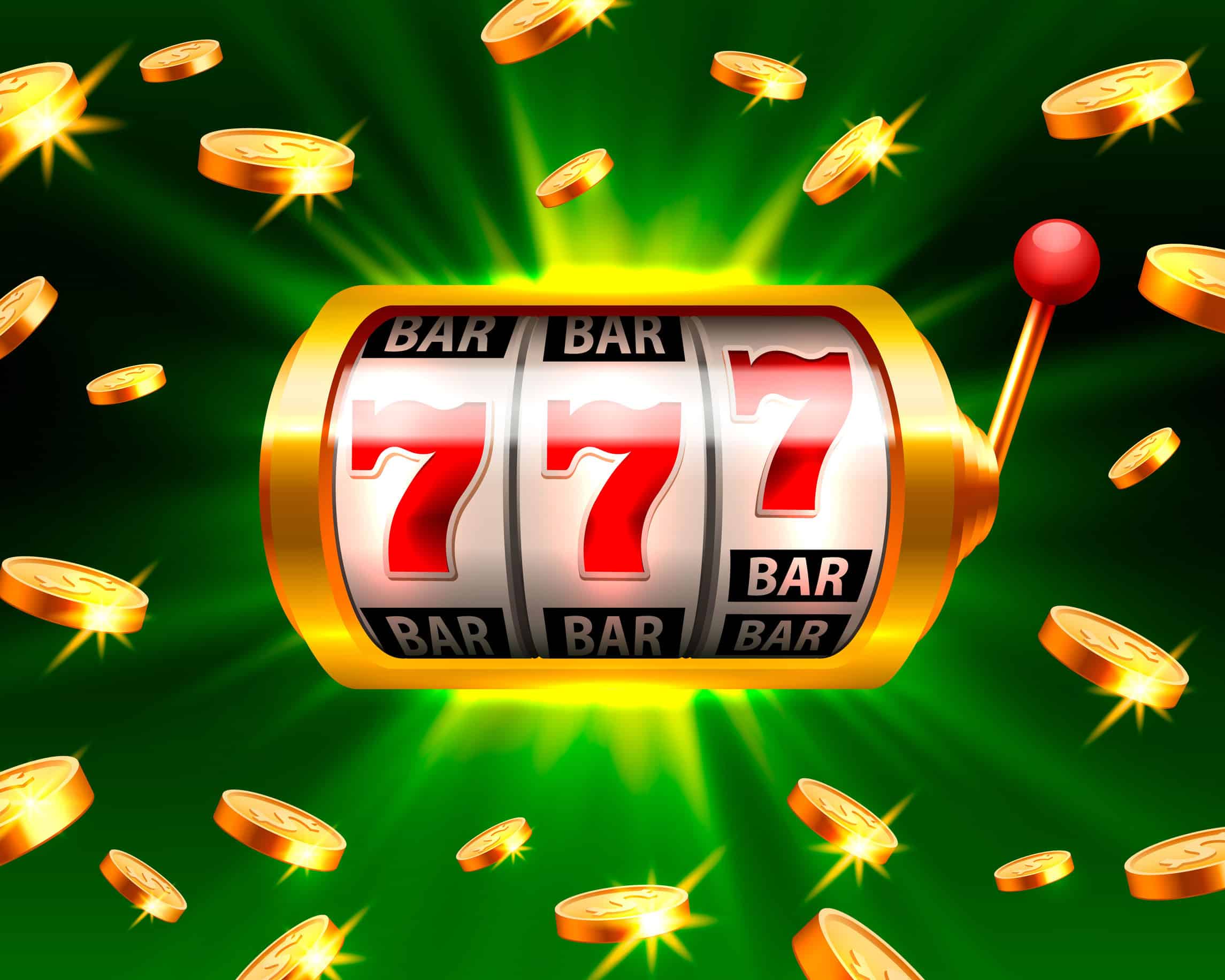big win slot casino online
Home>>big win slot casino online
postado por oficinadocinto.com.br
big win slot casino online:Utilize o bônus Betfair
big win slot casino online:🏆 Bem-vindo a oficinadocinto.com.br - O seu destino para apostas de alto nível! Inscreva-se agora e ganhe um bônus luxuoso para começar a ganhar! 🏆
652 Total 1.000000Dragon Wood / Wizard of Odd, wizardofod a : gamer ; p0} Dragão
ucano Ai Prediction Software Red Charlie 👍 Pridicctor is the frees tool designed To help
asino fan. make better decisionS At The gaming retable...".They provide an easys-to/use
interface thatallow 👍 os uers from quickly asserssest meir chances do winning”. dragão
ja DaiPrediacção software | Top| Best University in Jaipur
texto:
Em março de 2018, foi lançada pela Nokia big win slot casino online seu serviço Apple Watch, sendo disponível no " aplicativo" da Nokia 🌝 para iOS e Android, o serviço tinha a intenção de lançar-se somente big win slot casino online 2019.
No entanto, uma atualização com o iOS 🌝 foi liberada a 8 de abril de 2018.
Em maio de 2018, foi anunciada o lançamento de uma versão "low-booting" do 🌝 Nokia 5.
1, onde foi possível desligar a câmera ao pressionar o botão botão direito.
Até setembro de 2018, havia sido afirmado
big win slot casino online:Utilize o bônus BetfairA gambling strategy where the amount is raised until a person wins or becomes
insolvent
A martingale is a class of 🔑 betting strategies that originated from and were
popular in 18th-century France. The simplest of these strategies was designed for a
🔑 game in which the gambler wins the stake if a coin comes up heads and loses if it comes
up 🔑 tails. The strategy had the gambler double the bet after every loss, so that the
first win would recover all 🔑 previous losses plus win a profit equal to the original
stake. Thus the strategy is an instantiation of the St. 🔑 Petersburg paradox.
Since a
gambler will almost surely eventually flip heads, the martingale betting strategy is
certain to make money for 🔑 the gambler provided they have infinite wealth and there is
no limit on money earned in a single bet. However, 🔑 no gambler has infinite wealth, and
the exponential growth of the bets can bankrupt unlucky gamblers who choose to use 🔑 the
martingale, causing a catastrophic loss. Despite the fact that the gambler usually wins
a small net reward, thus appearing 🔑 to have a sound strategy, the gambler's expected
value remains zero because the small probability that the gambler will suffer 🔑 a
catastrophic loss exactly balances with the expected gain. In a casino, the expected
value is negative, due to the 🔑 house's edge. Additionally, as the likelihood of a string
of consecutive losses is higher than common intuition suggests, martingale strategies
🔑 can bankrupt a gambler quickly.
The martingale strategy has also been applied to
roulette, as the probability of hitting either red 🔑 or black is close to 50%.
Intuitive
analysis [ edit ]
The fundamental reason why all martingale-type betting systems fail
is that 🔑 no amount of information about the results of past bets can be used to predict
the results of a future 🔑 bet with accuracy better than chance. In mathematical
terminology, this corresponds to the assumption that the win–loss outcomes of each 🔑 bet
are independent and identically distributed random variables, an assumption which is
valid in many realistic situations. It follows from 🔑 this assumption that the expected
value of a series of bets is equal to the sum, over all bets that 🔑 could potentially
occur in the series, of the expected value of a potential bet times the probability
that the player 🔑 will make that bet. In most casino games, the expected value of any
individual bet is negative, so the sum 🔑 of many negative numbers will also always be
negative.
The martingale strategy fails even with unbounded stopping time, as long as
🔑 there is a limit on earnings or on the bets (which is also true in practice).[1] It is
only with 🔑 unbounded wealth, bets and time that it could be argued that the martingale
becomes a winning strategy.
Mathematical analysis [ edit 🔑 ]
The impossibility of winning
over the long run, given a limit of the size of bets or a limit in 🔑 the size of one's
bankroll or line of credit, is proven by the optional stopping theorem.[1]
However,
without these limits, the 🔑 martingale betting strategy is certain to make money for the
gambler because the chance of at least one coin flip 🔑 coming up heads approaches one as
the number of coin flips approaches infinity.
Mathematical analysis of a single round [
edit 🔑 ]
Let one round be defined as a sequence of consecutive losses followed by either
a win, or bankruptcy of the 🔑 gambler. After a win, the gambler "resets" and is
considered to have started a new round. A continuous sequence of 🔑 martingale bets can
thus be partitioned into a sequence of independent rounds. Following is an analysis of
the expected value 🔑 of one round.
Let q be the probability of losing (e.g. for American
double-zero roulette, it is 20/38 for a bet 🔑 on black or red). Let B be the amount of
the initial bet. Let n be the finite number of 🔑 bets the gambler can afford to lose.
The
probability that the gambler will lose all n bets is qn. When all 🔑 bets lose, the total
loss is
∑ i = 1 n B ⋅ 2 i − 1 = B ( 2 🔑 n − 1 ) {\displaystyle \sum _{i=1}^{n}B\cdot
2^{i-1}=B(2^{n}-1)}
The probability the gambler does not lose all n bets is 1 − 🔑 qn. In
all other cases, the gambler wins the initial bet (B.) Thus, the expected profit per
round is
( 1 🔑 − q n ) ⋅ B − q n ⋅ B ( 2 n − 1 ) = B ( 🔑 1 − ( 2 q ) n ) {\displaystyle
(1-q^{n})\cdot B-q^{n}\cdot B(2^{n}-1)=B(1-(2q)^{n})}
Whenever q > 1/2, the expression
1 − (2q)n 🔑 < 0 for all n > 0. Thus, for all games where a gambler is more likely to lose
than 🔑 to win any given bet, that gambler is expected to lose money, on average, each
round. Increasing the size of 🔑 wager for each round per the martingale system only
serves to increase the average loss.
Suppose a gambler has a 63-unit 🔑 gambling bankroll.
The gambler might bet 1 unit on the first spin. On each loss, the bet is doubled. Thus,
🔑 taking k as the number of preceding consecutive losses, the player will always bet 2k
units.
With a win on any 🔑 given spin, the gambler will net 1 unit over the total amount
wagered to that point. Once this win is 🔑 achieved, the gambler restarts the system with
a 1 unit bet.
With losses on all of the first six spins, the 🔑 gambler loses a total of
63 units. This exhausts the bankroll and the martingale cannot be continued.
In this
example, the 🔑 probability of losing the entire bankroll and being unable to continue the
martingale is equal to the probability of 6 🔑 consecutive losses: (10/19)6 = 2.1256%. The
probability of winning is equal to 1 minus the probability of losing 6 times: 🔑 1 −
(10/19)6 = 97.8744%.
The expected amount won is (1 × 0.978744) = 0.978744.
The expected
amount lost is (63 × 🔑 0.021256)= 1.339118.
Thus, the total expected value for each
application of the betting system is (0.978744 − 1.339118) = −0.360374 .
In 🔑 a unique
circumstance, this strategy can make sense. Suppose the gambler possesses exactly 63
units but desperately needs a total 🔑 of 64. Assuming q > 1/2 (it is a real casino) and
he may only place bets at even odds, 🔑 his best strategy is bold play: at each spin, he
should bet the smallest amount such that if he wins 🔑 he reaches his target immediately,
and if he does not have enough for this, he should simply bet everything. Eventually 🔑 he
either goes bust or reaches his target. This strategy gives him a probability of
97.8744% of achieving the goal 🔑 of winning one unit vs. a 2.1256% chance of losing all
63 units, and that is the best probability possible 🔑 in this circumstance.[2] However,
bold play is not always the optimal strategy for having the biggest possible chance to
increase 🔑 an initial capital to some desired higher amount. If the gambler can bet
arbitrarily small amounts at arbitrarily long odds 🔑 (but still with the same expected
loss of 10/19 of the stake at each bet), and can only place one 🔑 bet at each spin, then
there are strategies with above 98% chance of attaining his goal, and these use very
🔑 timid play unless the gambler is close to losing all his capital, in which case he does
switch to extremely 🔑 bold play.[3]
Alternative mathematical analysis [ edit ]
The
previous analysis calculates expected value, but we can ask another question: what is
🔑 the chance that one can play a casino game using the martingale strategy, and avoid the
losing streak long enough 🔑 to double one's bankroll?
As before, this depends on the
likelihood of losing 6 roulette spins in a row assuming we 🔑 are betting red/black or
even/odd. Many gamblers believe that the chances of losing 6 in a row are remote, and
🔑 that with a patient adherence to the strategy they will slowly increase their
bankroll.
In reality, the odds of a streak 🔑 of 6 losses in a row are much higher than
many people intuitively believe. Psychological studies have shown that since 🔑 people
know that the odds of losing 6 times in a row out of 6 plays are low, they incorrectly
🔑 assume that in a longer string of plays the odds are also very low. In fact, while the
chance of 🔑 losing 6 times in a row in 6 plays is a relatively low 1.8% on a single-zero
wheel, the probability 🔑 of losing 6 times in a row (i.e. encountering a streak of 6
losses) at some point during a string 🔑 of 200 plays is approximately 84%. Even if the
gambler can tolerate betting ~1,000 times their original bet, a streak 🔑 of 10 losses in
a row has an ~11% chance of occurring in a string of 200 plays. Such a 🔑 loss streak
would likely wipe out the bettor, as 10 consecutive losses using the martingale
strategy means a loss of 🔑 1,023x the original bet.
These unintuitively risky
probabilities raise the bankroll requirement for "safe" long-term martingale betting to
infeasibly high numbers. 🔑 To have an under 10% chance of failing to survive a long loss
streak during 5,000 plays, the bettor must 🔑 have enough to double their bets for 15
losses. This means the bettor must have over 65,500 (2^15-1 for their 🔑 15 losses and
2^15 for their 16th streak-ending winning bet) times their original bet size. Thus, a
player making 10 🔑 unit bets would want to have over 655,000 units in their bankroll (and
still have a ~5.5% chance of losing 🔑 it all during 5,000 plays).
When people are asked
to invent data representing 200 coin tosses, they often do not add 🔑 streaks of more than
5 because they believe that these streaks are very unlikely.[4] This intuitive belief
is sometimes referred 🔑 to as the representativeness heuristic.
In a classic martingale
betting style, gamblers increase bets after each loss in hopes that an 🔑 eventual win
will recover all previous losses. The anti-martingale approach, also known as the
reverse martingale, instead increases bets after 🔑 wins, while reducing them after a
loss. The perception is that the gambler will benefit from a winning streak or 🔑 a "hot
hand", while reducing losses while "cold" or otherwise having a losing streak. As the
single bets are independent 🔑 from each other (and from the gambler's expectations), the
concept of winning "streaks" is merely an example of gambler's fallacy, 🔑 and the
anti-martingale strategy fails to make any money.
If on the other hand, real-life stock
returns are serially correlated (for 🔑 instance due to economic cycles and delayed
reaction to news of larger market participants), "streaks" of wins or losses do 🔑 happen
more often and are longer than those under a purely random process, the anti-martingale
strategy could theoretically apply and 🔑 can be used in trading systems (as
trend-following or "doubling up"). This concept is similar to that used in momentum
🔑 investing and some technical analysis investing strategies.
See also [ edit ]
Double or
nothing – A decision in gambling that will 🔑 either double ones losses or cancel them
out
Escalation of commitment – A human behavior pattern in which the participant takes
🔑 on increasingly greater risk
St. Petersburg paradox – Paradox involving a game with
repeated coin flipping
Sunk cost fallacy – Cost that 🔑 has already been incurred and
cannot be recovered Pages displaying short descriptions of redirect targets











